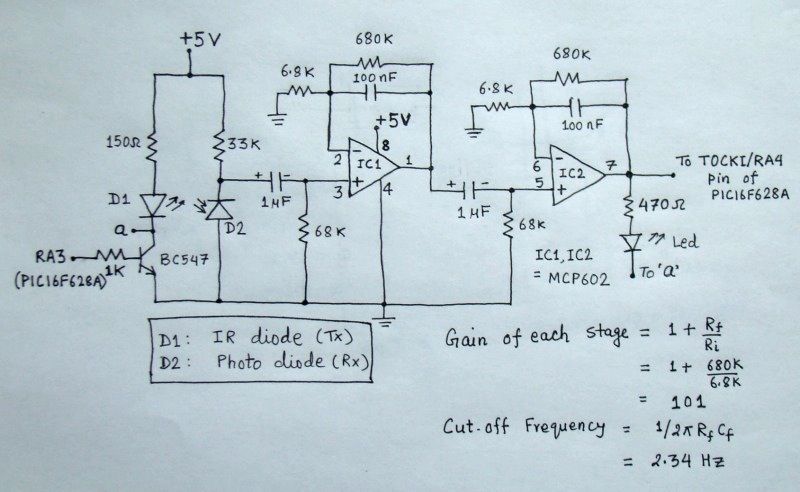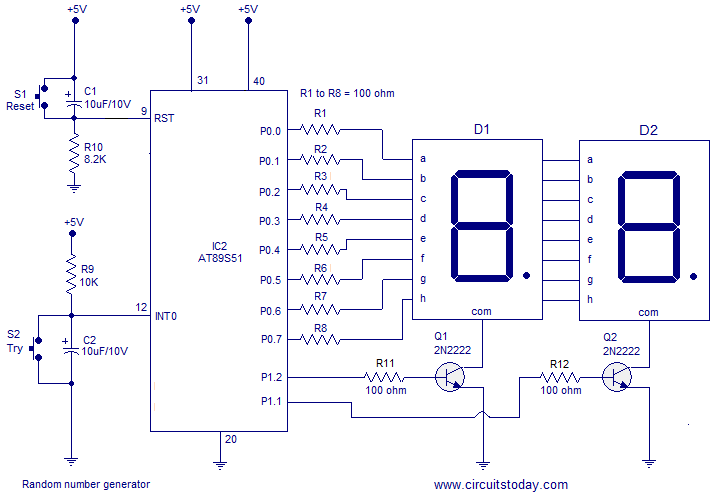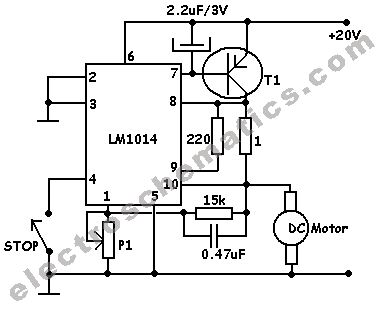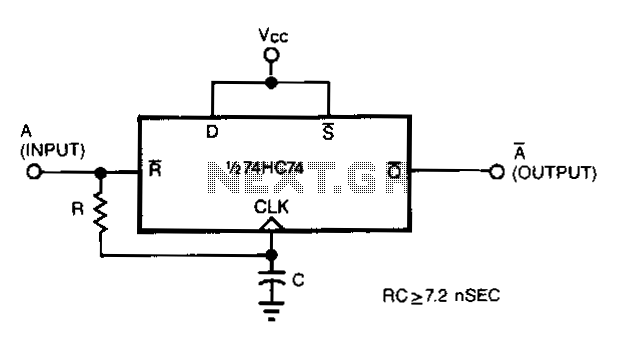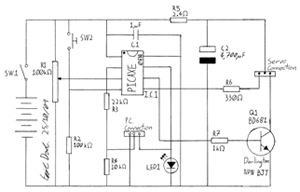
QCard Controller 68HC11 Processor
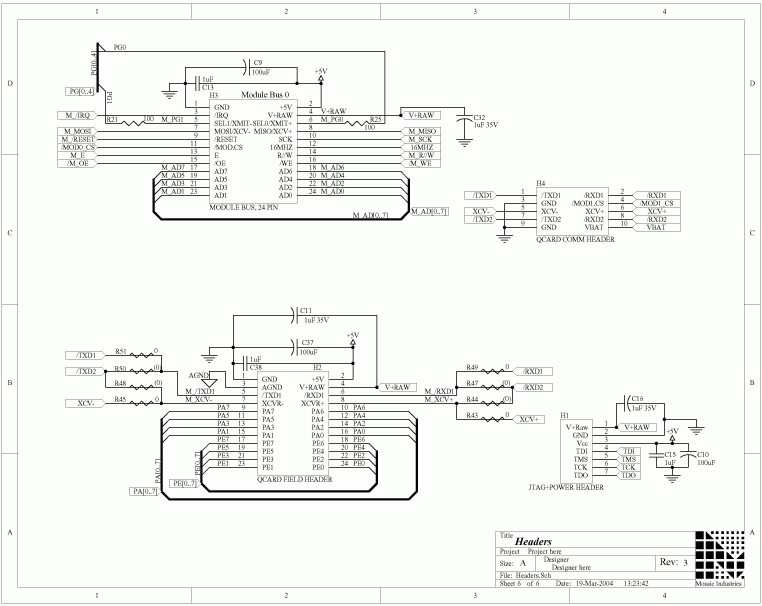
The QCard Controller Single Board Computer (SBC) features the Freescale 68HC11 microcontroller, along with RAM and Flash memory, digital input-output (I/O), and analog-to-digital (A/D) conversion capabilities. For comprehensive details regarding the QCard headers mentioned on this page, refer to the section titled "Getting to Know Your QCard Controller." Additional pages in the QCard Controller Users Guide offer information on developing C-language instrument control applications using the board.
The QCard Controller SBC is designed for versatile applications in embedded systems, leveraging the capabilities of the Freescale 68HC11 microcontroller, which is known for its efficient performance in real-time control tasks. The inclusion of RAM and Flash memory allows for sufficient data storage and program execution, making it suitable for various applications ranging from simple control tasks to more complex instrument management.
The digital I/O ports facilitate interaction with external devices, enabling the SBC to receive signals from sensors or send commands to actuators. The A/D conversion feature is crucial for applications requiring the monitoring of analog signals, allowing the microcontroller to interpret real-world data, such as temperature or voltage levels, and process it accordingly.
The QCard headers provide essential connectivity options, enabling users to interface with additional modules or components, thus expanding the functionality of the SBC. The accompanying users guide serves as a valuable resource for developers, detailing the necessary steps to create C-language applications that can effectively control instruments and automate processes. This comprehensive approach ensures that users can fully leverage the capabilities of the QCard Controller SBC in their projects.The QCard Controller Single Board Computer ( SBC ) contains the Freescale 68HC11 microcontroller, RAM and Flash memory, digital input-output ( I/O ), and A/D. For more complete information about the QCard headers listed on this page, please see Getting to Know Your QCard Controller.
Other pages in this QCard Controller Users Guide provide inform ation on how to code C-language instrument control applications using the board. 🔗 External reference
The QCard Controller SBC is designed for versatile applications in embedded systems, leveraging the capabilities of the Freescale 68HC11 microcontroller, which is known for its efficient performance in real-time control tasks. The inclusion of RAM and Flash memory allows for sufficient data storage and program execution, making it suitable for various applications ranging from simple control tasks to more complex instrument management.
The digital I/O ports facilitate interaction with external devices, enabling the SBC to receive signals from sensors or send commands to actuators. The A/D conversion feature is crucial for applications requiring the monitoring of analog signals, allowing the microcontroller to interpret real-world data, such as temperature or voltage levels, and process it accordingly.
The QCard headers provide essential connectivity options, enabling users to interface with additional modules or components, thus expanding the functionality of the SBC. The accompanying users guide serves as a valuable resource for developers, detailing the necessary steps to create C-language applications that can effectively control instruments and automate processes. This comprehensive approach ensures that users can fully leverage the capabilities of the QCard Controller SBC in their projects.The QCard Controller Single Board Computer ( SBC ) contains the Freescale 68HC11 microcontroller, RAM and Flash memory, digital input-output ( I/O ), and A/D. For more complete information about the QCard headers listed on this page, please see Getting to Know Your QCard Controller.
Other pages in this QCard Controller Users Guide provide inform ation on how to code C-language instrument control applications using the board. 🔗 External reference
Warning: include(partials/cookie-banner.php): Failed to open stream: Permission denied in /var/www/html/nextgr/view-circuit.php on line 713
Warning: include(): Failed opening 'partials/cookie-banner.php' for inclusion (include_path='.:/usr/share/php') in /var/www/html/nextgr/view-circuit.php on line 713

